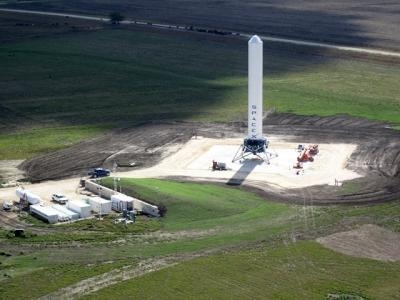Thu, Nov 15, 2012
Advertisement
More News
 Classic Aero-TV: Mayman Aerospace Speeder Dazzles Oshkosh Crowds
Classic Aero-TV: Mayman Aerospace Speeder Dazzles Oshkosh Crowds
From 2023 (YouTube Edition): A Moniker Well-Chosen Founded in 2021 by serial entrepreneur David Mayman and headquartered in New York City, Mayman Aerospace is the designer and manu>[...]
 NTSB Prelim: Socata TBM 700
NTSB Prelim: Socata TBM 700
The Controller Provided The Pilot With A Low Altitude Alert And The Altimeter Setting That Was Current At The Time On October 13, 2025, at about 0815 eastern daylight time, a Socat>[...]
 ANN's Daily Aero-Term (11.11.25): Outer Marker
ANN's Daily Aero-Term (11.11.25): Outer Marker
Outer Marker A marker beacon at or near the glideslope intercept altitude of an ILS approach. It is keyed to transmit two dashes per second on a 400 Hz tone, which is received aura>[...]
 ANN's Daily Aero-Linx (11.11.25)
ANN's Daily Aero-Linx (11.11.25)
Aero Linx: Seaplane Pilots Association The Seaplane Pilots Association is the only organization in the world solely focused on representing the interests of seaplane pilots, owners>[...]
 Aero-News: Quote of the Day (11.11.25)
Aero-News: Quote of the Day (11.11.25)
“While business aviation is fully included in the FAA’s traffic reductions, we know that our sector will continue to pursue mandatory and voluntary means to ensure we a>[...]
blog comments powered by Disqus




